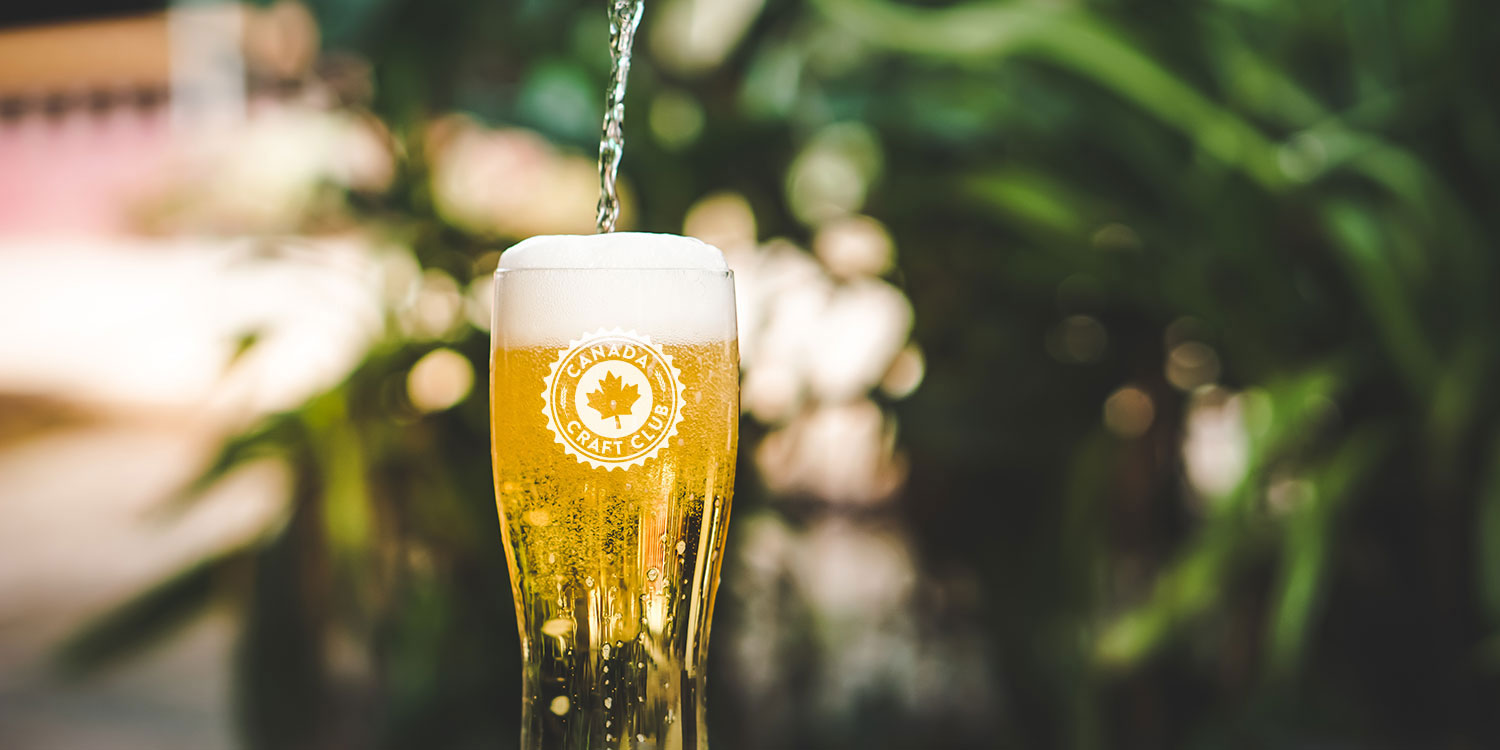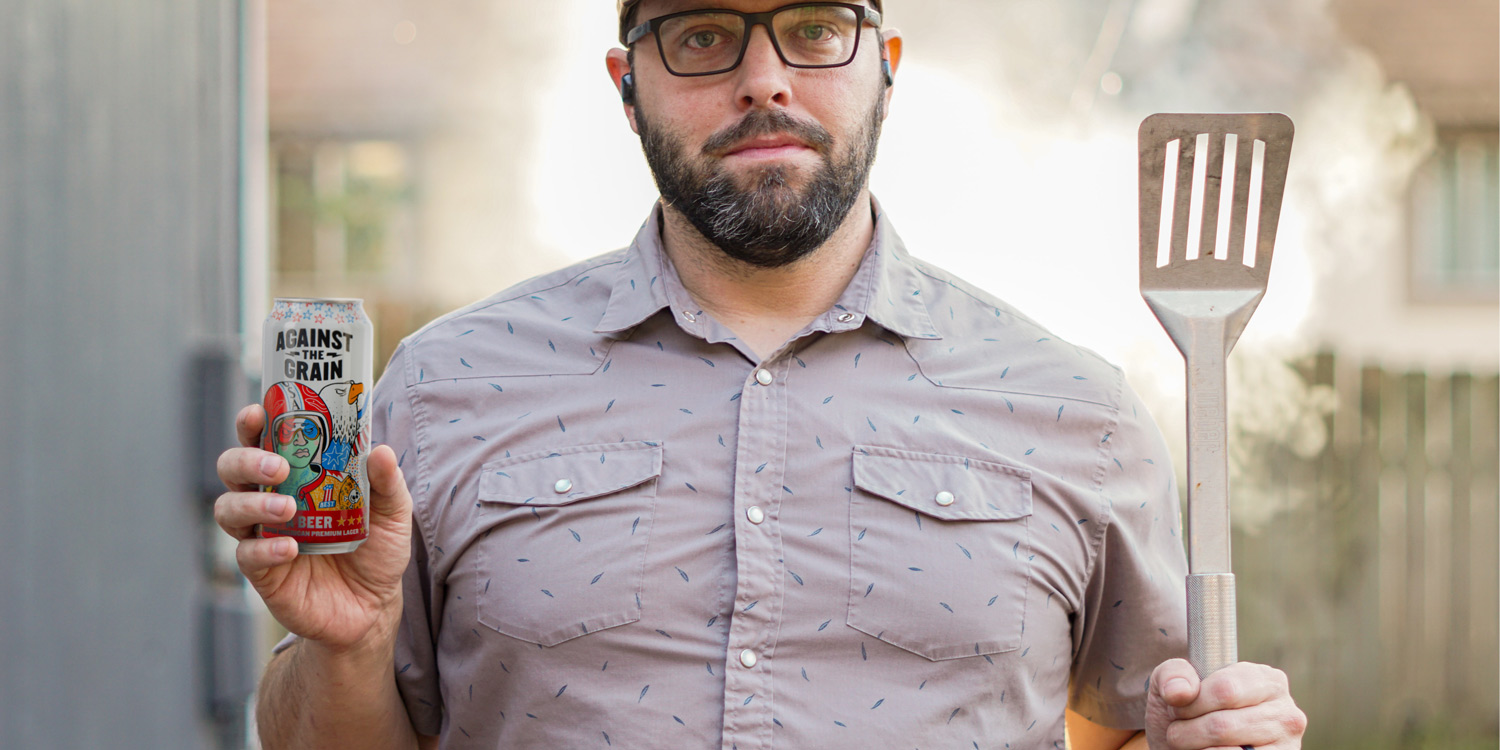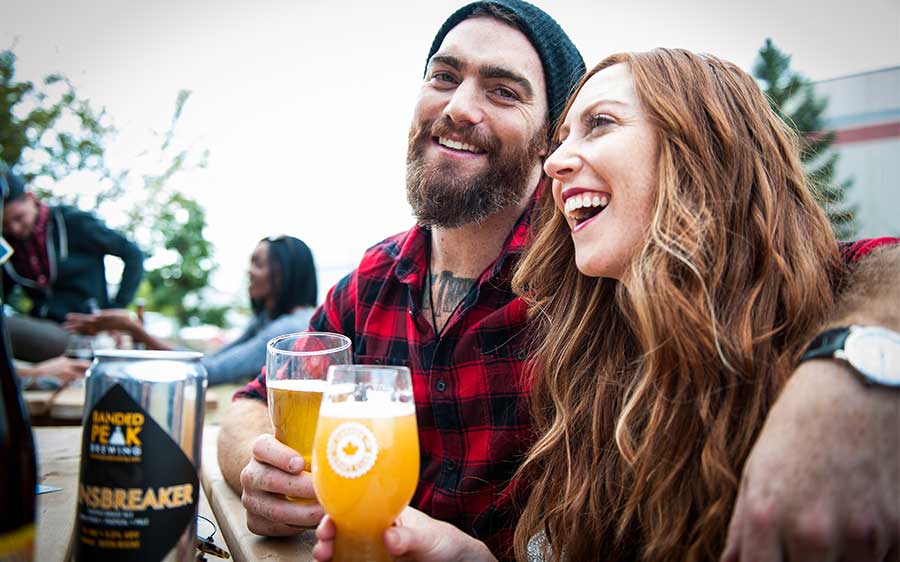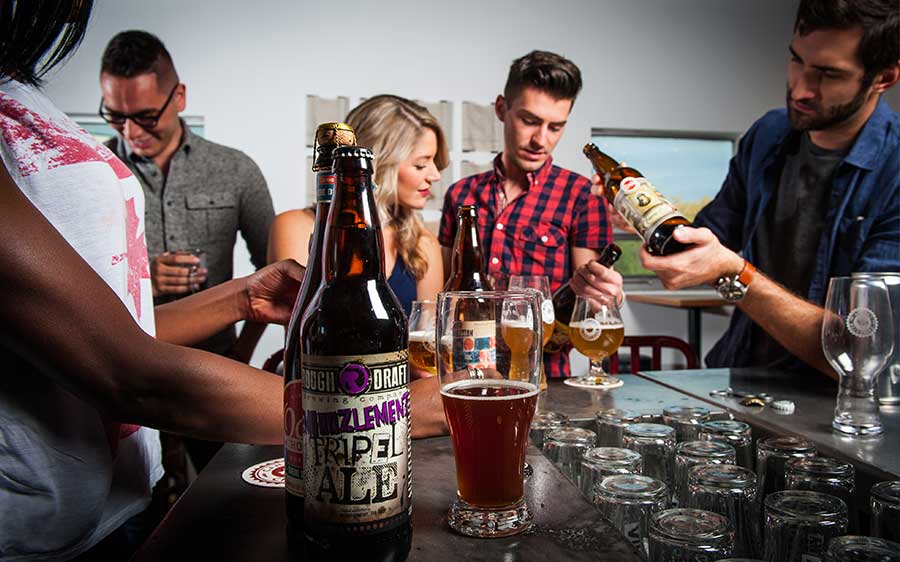Beer, it’s such a manly drink, right?
Well, you might be wrong there. Did you know that the first brewmasters were actually women? Women have had a very large influence in the beer world, and the industry as we know it!
Follow us on a journey, where we explore the history of women in beer and their role in the development of the brewing industry.
Ninkasi’s Beer?

https://www.codaworx.com/projects/ninkasi-founders-brewing-company/
Let’s start at the year 3500 BCE.
Resembling a bowl of porridge rather than beer, the earliest written record of a recipe for beer was found within The Hymn to Ninkasi. The hymn praises the goddess of beer, Ninkasi, and the method of making beer that she had created. Ninkasi watched over brewers to ensure their brews were up to standard and mentored them as well.
Due to its thick consistency, the brew was served in bowls, rather than cups or goblets. In order to consume the beer, a straw was needed to avoid the floating malt on the surface. The straw was also invented by the Sumerians specifically to drink (or rather eat) their beer!
The Egyptian Goddess of Beer
Fast forward to 2040 BCE, this is when a lot of people consider the “first” beer to have been made. Even though Mesapotamia had stumbled into their own beer making styles, people didn’t consider Mesapotamian beer to be the first!
The Egyptians took the Mesapotamian recipe and altered the brewing process, to produce a smoother, more refined, and lighter version of beer. More importantly, it was thinner!
This allowed the Egyptians to serve their beer in cups and goblets rather than bowls. They also didn’t need to sip on their beer with a straw. Because of its closer appearance to our modern-day brew, Egyptian beer is considered to be the “first” beer made.
The Egyptians called their beer tenemu, after their own goddess of brewing, Tjenenet (or Tenenet). Similarly to Ninkasi, she watched over brewers and ensured that they followed the recipe for the best quality beer. In Egypt, rather than just an intoxicant, beer was also a source of nutrition and so women, men and children all drank it.
Beer wives?Alewives? Alewife?
Moving continents now! Stay with us.
From the 1100’s to 1300’s, Europe saw great development in the beer world, more importantly, the world of women working in beer. In England, the water potability was unreliable. Seeing as the women of the household were in charge of meals for their households, they were also tasked with crafting ale for their families. They did this out of necessity, but also created recipes out of love and care that have influenced some of the English beers we know today.
Many women also sold their surplus to the public to assist with costs of running their household. Good ale was always in high demand, and so this was quite profitable. A lot of women ran their own taverns and businesses doing this and relied on selling their surplus. They obtained professional permits, and became prosperous in their trade.
In order to stand out from the rest of the households, these women, who identified as Alewives, would wear tall pointy hats to stand out from the crowd. They would stand their brooms outside their taverns to signal that they had beer, and even had cats to kill rats because where there was grain, there was bound to be mice. If any of this iconography rings a bell, it is the same iconography that is used to identify witches. Hold that thought…
Hops: They’re Female Too!

Another great development in beer during this time was from Saint Hildegard Von Bingen. She was a German abbess and was also a writer, medical practitioner, philosopher and brewster during the High Middle Ages. She was responsible for the modern use of hops in beer today.
“As a result of its own bitterness,” she wrote in Physica, her text on healing and health, circa 1150, “[hops] stops putrefaction when put in [beer] and it may be added so that it lasts so much longer.”
She discovered that hops killed off any microorganisms in the beer and lengthened its shelf life.
Did you know hops are female flowers that bud from the humulus lupulus plant? We told you it wasn’t manly 😉
Brewsters, Make Room For Brewmasters…
Let’s hop (pun intended) on over to the 14th century!
This was an eventful time for beer. The plague caused many people to pick beer over water as their drink of choice. Beer was tastier, more nutritious, and its potability was never in question.
This meant the popularity in beer was rising, and people were beginning to realize its profitability. With anti-witchcraft propaganda still amidst the crowds, women were sometimes falsely accused of being a witch in order to push her out of the brewing business.
Remember that iconography we discussed earlier? All the elements used to describe Alewives were now being used to describe witches instead. Thus, it became dangerous for Alewives to brew, and with such high importance given to brewers and the assumed power they had over their drinkers, many women were pushed out of the industry. Since Alewives knew so much about herbs, spices, and their extensive knowledge with recipes, many people were afraid of them and their intentions.
With men taking over, and beer’s popularity booming, the industry was now becoming commercialized. Demand was high and in order to keep up with it, production of beer was beginning to scale. The few women who were still brewing at this time, would be completely driven out by the Industrial Revolution because they weren’t able to keep up with commercial methods of production and rising costs.
Due to these and many other factors, the beer industry saw a sharp decline in women and became male-dominated.
The Less Than Ideal Return Of Women In Beer
By the latter part of the 1970s women made a small and very quiet return to the beer industry, so quiet that it went uncredited. By the 1980s however, there was an uptick of women who returned to work in the beer industry. Carol Stoudt founded Stoudt breweries, and was one of the first well-known female brewmasters since Prohibition. Stoudt went on to win four medals at the 1992 Great American Beer Festival. Stoudt brewery has won more than 20 prizes from the Great American Beer Festival, the country’s top brewing competition. Carol also earned a gold (1996) and bronze (1998) at the World Beer Cup International Competition, as well as several World Beer Championship awards.
By the 2000s women made a loud return to the craft beer industry, with names such as Celeste Beatty who was the founder of Harlem Brewing Company.
Women In Beer Band Together!
With the uprising of women in the industry, 2007 saw the formation of The Pink Boots Society (PBS). Founded by Teri Farhendorf, PBS is a non-profit organization with international membership. With over 1800 members across the world, the PBS supports women in the brewing profession, especially the craft beer industry. They connect brewers with mentors, provide support, and raise awareness of women in brewing. The PBS also raises funds for scholarships to help women further their education in the industry.
Many other societies have been founded to support and raise awareness for women such as the International Women’s Collaboration Brew Day (UniteBrew), and the Society of Beer Drinking Ladies. Want to know the best part? It doesn’t seem like women will be slowing down anytime soon!
Looking to learn more about The Pink Boots Society? Read about their current initiatives and how you can support them!
Better yet, raise a glass of foamy goodness in honour of the hard work and dedication women have given (and have been giving) to the beer industry! Oh, you’re all out? That’s all right, the store is right this way…
Previous post




